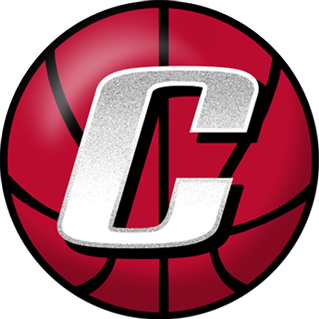-
Welcome! Please take a few seconds to create your free account to post threads, make some friends, remove a few ads while surfing and much more. ClutchFans has been bringing fans together to talk Houston Sports since 1996. Join us!
-
 ROCKETS GAMEDAY
ROCKETS GAMEDAY
Reed Sheppard and the Rockets open up Summer League play. Come join us at 9:00 pm CT!
LIVE! Summer League Action
(WaPo) Sampson: Don't explain; won't complain
Discussion in 'Houston Rockets: Game Action & Roster Moves' started by basso, Jun 23, 2013.
Tags:
- akeem
- atlanta
- boston
- boston celtics
- carolina
- cavaliers
- charles barkley
- college
- dance
- death
- defense
- fraud
- golden state
- golf
- hakeem olajuwon
- highlights
- houston
- ipad
- kings
- los angeles
- los angeles lakers
- michael jordan
- minnesota
- nba draft
- phoenix
- phoenix suns
- playoffs
- predictions
- sacramento
- sacramento kings
- school
- sports illustrated
- suns
- television
- washington
- washington wizards
- wizards
- women
- youtube
Page 1 of 2
